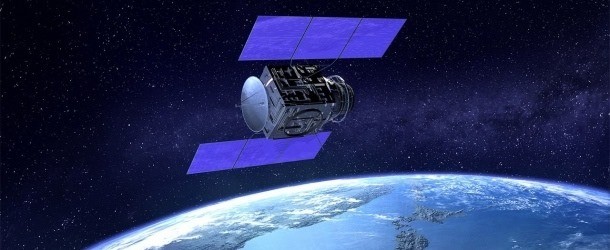Quantum Communication Takes a Major Leap with Satellite-Based Experiment

(Space.com) A team of researchers has developed a new and improved protocol for quantum communication.
The researchers behind the experiment used a low-orbit satellite named Micius, named after the ancient Chinese philosopher, to downlink data to an optical ground station. Micius launched in the year 2016 as the first quantum communication satellite and has been flying in low-orbit above the Earth at a speed of 18,000 miles per hour (28,968 kilometers per hour.)
“Previous attempts to directly distribute quantum keys between two ground users under real-world conditions have reached distances of only around 100 kilometers,” Jian-Wei Pan, a quantum physicist and professor of physics at the University of Science and Technology of China, and lead author of the new study, told Space.com. “A promising solution to this problem is exploiting satellites.”
This new quantum method would use a low-orbit satellite to send encrypted messages to ground-based stations with greatly increased distance between the two communicating parties, compared to other methods of communication. This improved mechanism could revolutionize how we share sensitive data, protecting people’s information during a time of increasing cybersecurity threats.


















